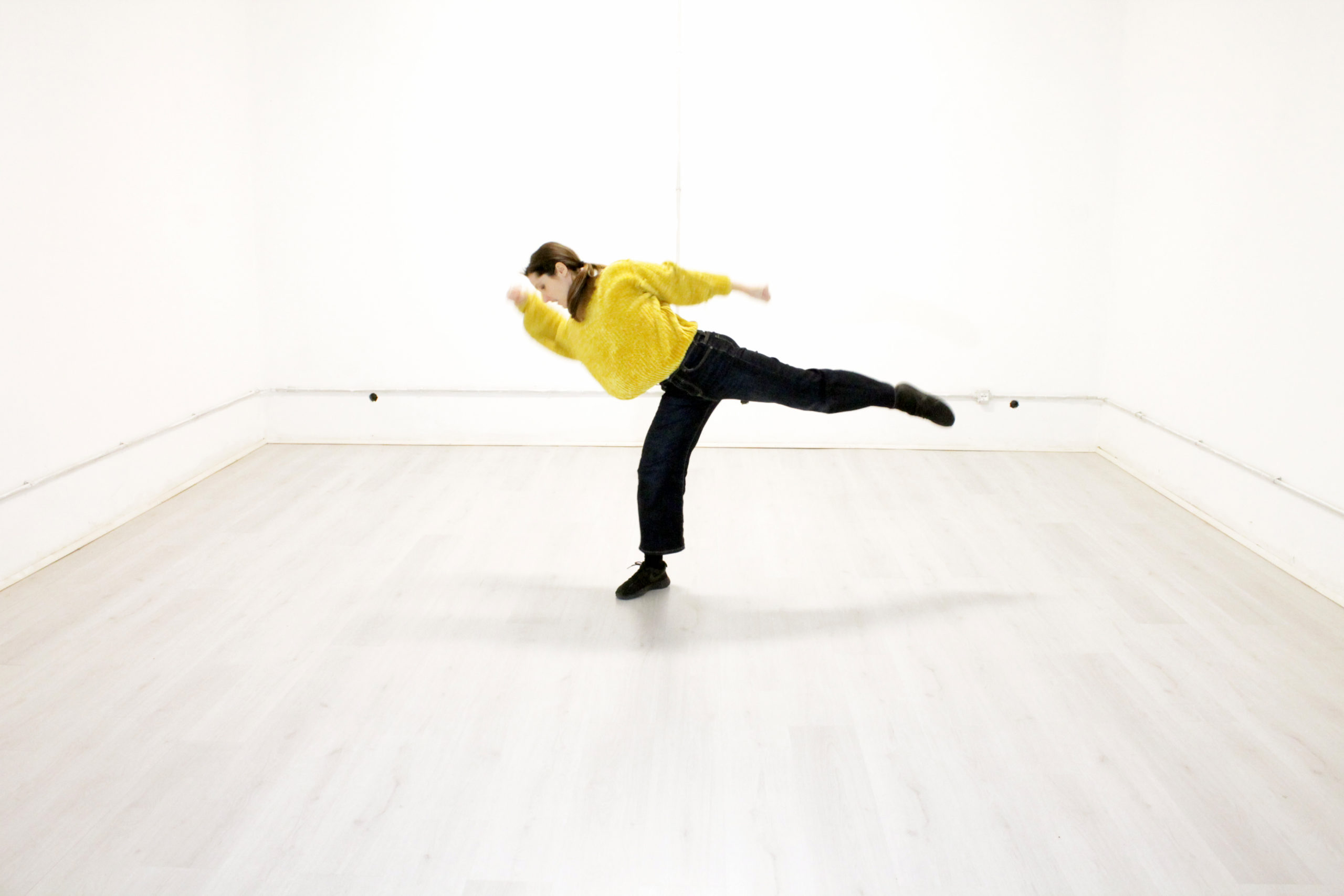
Hic
supported by P.A.R.T.S. - Uovo Performing Festival - Aiep Company Ariella Vidach / choreography Camilla Monga / music Luca LSKA
La coreografia si ispira a una tecnica compositiva utilizzata nel tardo motetto del XIII secolo L'Hoquetus o Hochetus.
Si tratta di interruzioni brevi e frequenti della linea melodica ottenute per mezzo di pause alternate tra le varie voci che costituiscono un brano polifonico restituendo in questo modo una sorta di "effetto singhiozzo" all'ascolto. Hic utilizza gli stessi principi ritmici, mentre si eseguono movimenti a palindromi, ovvero sequenze di passi che possono essere lette allo stesso modo da destra a sinistra e vice versa. Ogni azione si sostituisce un'altra cambiando rapidamente la nostra percezione visiva determinando uno sviluppo ipnotico di forme e suono.
ENG
The choreographic score is inspired by a music technique used by 13th-century composers to add further variety to their score: the hocket. The composers of the Notre Dame school used silence in the form of rests of defined length and also overlapped voices so that they didn’t all pause together, and in motets these ideas were taken a step further.
The word hocket comes from the French hoquetus, meaning “hiccup”, and it involved the splitting up of a melody using rests such that the melody was shared by different voices; the first voice might sing the first note or short phrase of the melody and then rest while the second voice sang the second note or phrase and then rested, with the melody returning to the first voice, and so on, the music bouncing back and forth between the singers.
Hic uses the same rhythmical principles playing with short movement phrases to create palindrome effects, i.e. a sequence of movements which reads the same backward or forward, right or left.
In a pattern of regular and repetitive movement, one action is replaced by another, rapidly changing our visual perception to determine the development of the choreography until it grows up like the canvas in a painting.

